COVID 19 pandemic | Gorilla trekking
Covid 19 pandemic | Gorilla trekking : The infestation of the COVID 19 brought the whole world into a period of ramble and tumble. Thereby, all the economic fell into a Punic for survival and how everything can easily move on. The developed world always got its way around obstacles, contrary, the developing world fell in great pit of the pandemic. As a result, all airports and transport systems where put under a lockdown. The tourism industry has also seen darkness in the COVID 19 pandemic era. However, there is always hope for travel especially now that the world is getting back to stabilization.
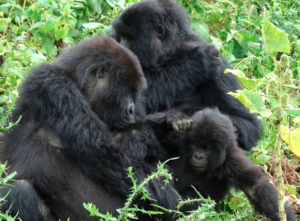 The COVID 19 pandemic has separated the whole world into two batches of people; the vaccinated and the ones who are not vaccinated. However the requirements to travel to Uganda vary basing on each batch you belong. The travel situation due to the COVID 19 pandemic is not that easy as it was before the apocalypse, and this has raised a number of doubts about gorilla trekking in Uganda and other safaris around the world. The world seems to be shifting further away from the normal due to the COVID 19 effect on the world travel and tourism industry.
The COVID 19 pandemic has separated the whole world into two batches of people; the vaccinated and the ones who are not vaccinated. However the requirements to travel to Uganda vary basing on each batch you belong. The travel situation due to the COVID 19 pandemic is not that easy as it was before the apocalypse, and this has raised a number of doubts about gorilla trekking in Uganda and other safaris around the world. The world seems to be shifting further away from the normal due to the COVID 19 effect on the world travel and tourism industry.
Despite of the forth projected darkness in the world due to the disrupted normal, there is a silver lining for travelers in the world. Therefore, you can enjoy your gorilla trekking during this pandemic, following the right procedures. Gorilla trekking during the COVID 19 pandemics is still being conducted in Uganda in Bwindi impenetrable and Mgahinga National Parks, and volcanoes national park in Rwanda. The requirements of gorilla trekking in the whole world don’t vary so much; however, still something changes according to the different government policies in the three countries of the democratic republic of Congo, Rwanda and Uganda.
COVID 19 gorilla trekking in Uganda
Generally, Uganda is the best destination in the whole world for the most exhilarating mountain gorilla trekking in Africa. Regardless of the size of Uganda, and its land locked situation, it receives a good number of travelers coming to enjoy seeing the endangered mountain gorillas. In fact the size of Uganda does not matter here since it harbors almost half of the whole world’s mountain gorilla population.
Due to the infestation of COVID 19, Uganda was forced by the wavering pandemic, to close down all the national parks and the international airport. Thereby, no travels where allowed inside and outside the country for any tourism business. However after a long time of lock down, in 2020, the boarders and all the national parks in Uganda where reopened in October. Now the hope is alive for you to enjoy mountain gorilla trekking in Bwindi Impenetrable National Park.
Requirements for COVID19 gorilla trekking
For long, the most paramount requirement for gorilla trekking has been the gorilla trekking permit, and this has not changed still. All foreign travelers are obliged to pay a fee of 700USD for the mountain gorilla trekking permit in Uganda. 600USD for the foreign residents in Uganda, and ugx250,000 for all the members of the east African community. However, children below the age of 15yrs are not allowed to join in the mountain gorilla trekking activity in Uganda. Besides, they can enjoy other primate safari activities like chimpanzee trekking and watching monkeys among others.
For now, the situation is tough and a gorilla trekking permit cannot be just enough for COVID 19 gorilla trekking experience in Uganda. The government bodies of Uganda came together, following the international standard, and formulated a few standard operating procedures for travelers during the COVID 19 pandemic. The SOPs are put in place in order to ensure the safety of all visitors and the local people near the destination, not forgetting the mountain gorillas themselves. These include;
- For anybody to be allowed to trek the mountain gorillas in Uganda, you need to have a face mask. Most preferably N95 or one of the clinical masks or surgical masks, which should be worn all the time.
- Body temperature examination, this is a must when entering any protected area in Uganda, and perhaps the whole world. This is also needed before trekking mountain gorillas in Uganda. The normal and acceptable body temperature should be below 37.5 degrees.
- Extra face musk, the tour operator will provide face masks but you can also carry extra face masks and a hand sanitizer, for safety reasons.
- Also the social distance is very much emphasized for all visitors in Uganda for mountain gorilla trekking in Bwindi impenetrable and Mgahinga National Park.
Current COVID 19 travel restrictions
- The Ugandan borders are open to all the foreigners coming into the country for tourism such as mountain gorilla trekking. However, citizens from COVID 19 torn countries are not allowed to come into Uganda, especially the travelers from India.
- All the foreign travelled from countries with COVID variant strains are not allowed into Uganda, unless with a negative PCR test certificate. The citizens from such countries like turkey, South Africa and Brazil must do another PCR test upon reaching Entebbe International Airport.
- On a contrary, the vaccinated travelers are not allowed to carry their PCR test certificate, however they can carry the vaccine card for verification purposes. For all the others travelling to Uganda for mountain gorilla trekking, you must present a valid PCR test certificate of not more than 120hours, upon arrival at Entebbe international airport in Uganda.
Where COVID19 tests are taken in Uganda?
This is all taken care of if you book with us for your gorilla trekking in Uganda during the COVID 19 pandemic era. It is the duty of the tour operator to direct you to the COVID 19 testing centers at the airport in Entebbe, or anywhere according to your actual location in Uganda. You can always receive your COVID 19 test results via email. In fact, this saves you the hustle of travelling back and to the laboratory to pick the COVID 19 test results. Always remember to take your tests in the accredited laboratories by the Ministry of Health in Uganda.
You should always keep in mind that COVID 19 is real and present in almost all places in the world. Therefore, always take self-care precautions, and follow the SOPs as stipulated by the management of different national parks in Uganda. For more information, you can contact us via email. the supporting team is always available to assist you in any way possible. Therefore, do not hesitate to travel now, book for you gorilla trekking permit now.

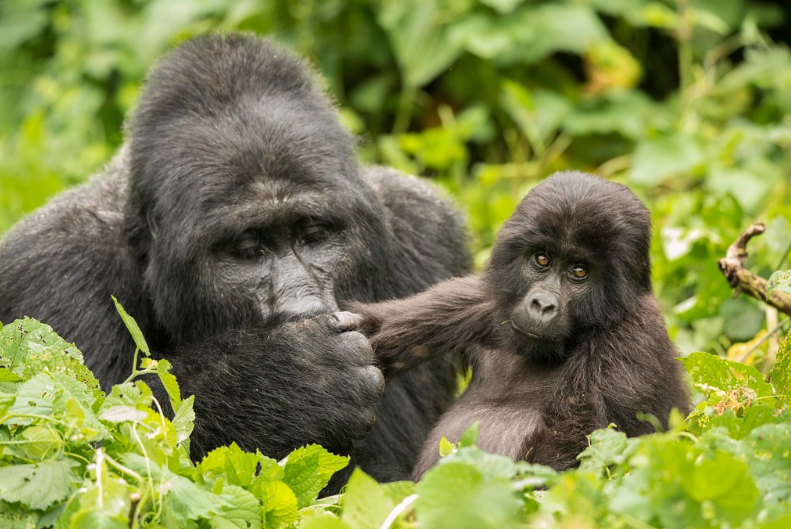

 Uganda
Uganda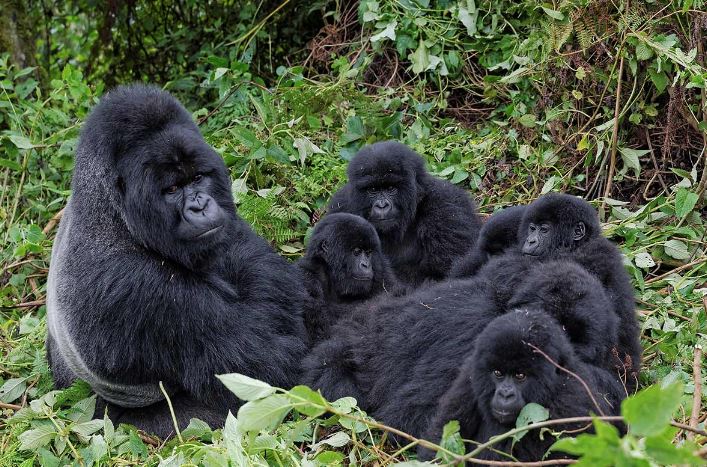
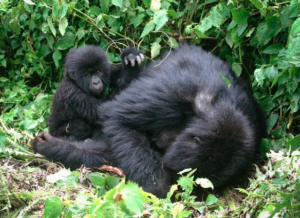 These families include; Bushaho and Bikingi gorilla groups within
These families include; Bushaho and Bikingi gorilla groups within 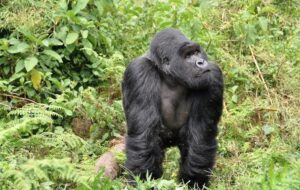 The habituation exercise or process involves trekking a selected family of wild gorillas which are not yet familiar with human encounters. However, the exercise is not a one day activity but done for more than one day over period of about 3 to 4 years. As the process goes on, the different members of a mountain gorilla family under study are given identity. This is based on their gender or sex as well as age and size. As time goes on, the
The habituation exercise or process involves trekking a selected family of wild gorillas which are not yet familiar with human encounters. However, the exercise is not a one day activity but done for more than one day over period of about 3 to 4 years. As the process goes on, the different members of a mountain gorilla family under study are given identity. This is based on their gender or sex as well as age and size. As time goes on, the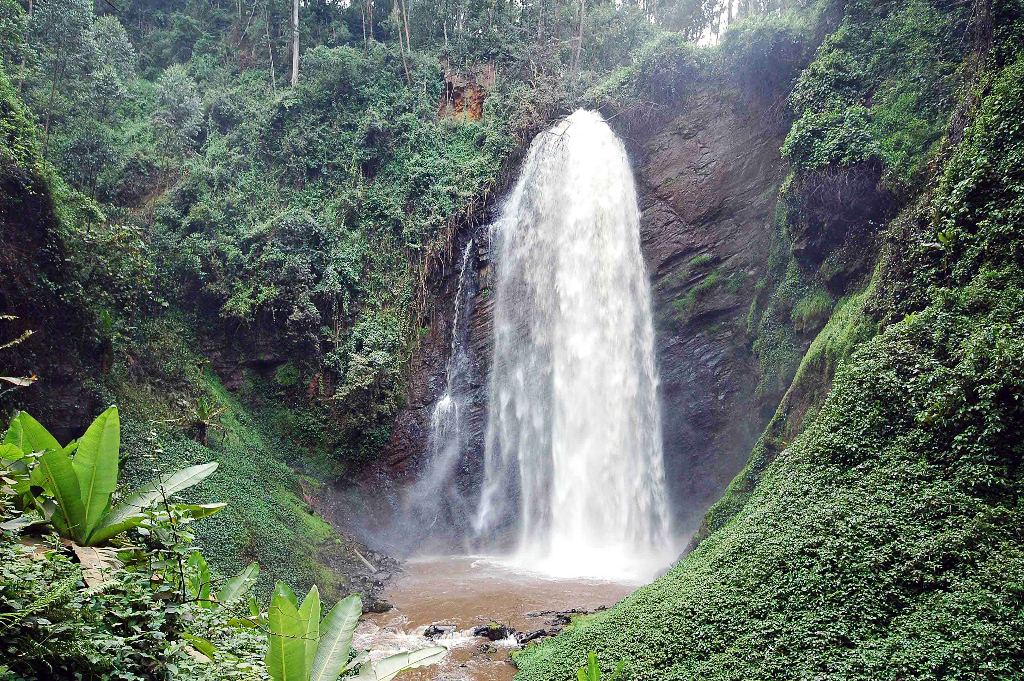
 It is alleged that a young pregnant lady was brought to the top of the cliff to be pushed down the waterfalls as usual. Little did they know she had a plan, when the brother and father pushed her. In the process, she held unto them and the three fell to their death. Later, the practice was stopped because they realized more girls would pull their brothers or fathers down the same path.
It is alleged that a young pregnant lady was brought to the top of the cliff to be pushed down the waterfalls as usual. Little did they know she had a plan, when the brother and father pushed her. In the process, she held unto them and the three fell to their death. Later, the practice was stopped because they realized more girls would pull their brothers or fathers down the same path.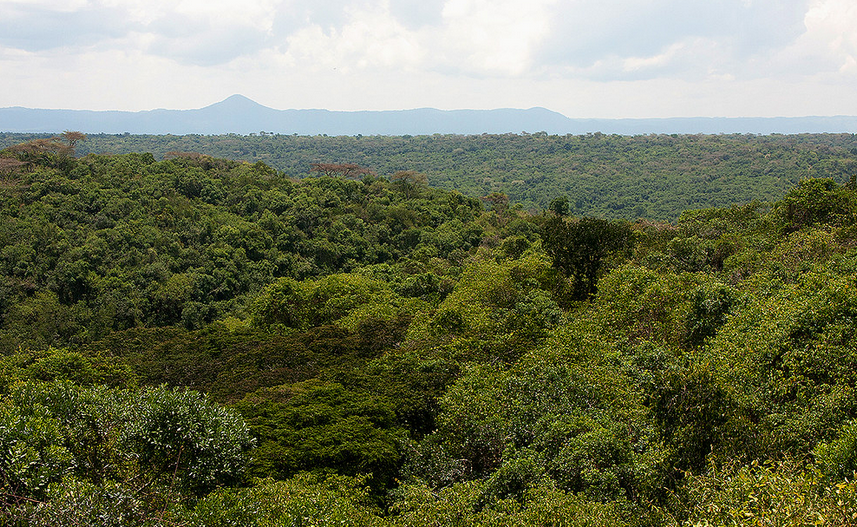
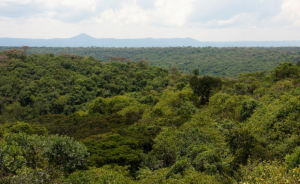 Additionally, a view point was constructed where you will be able to see bats and big pythons that live in here. Some of the primates here include; vervet, colobus, red-tailed monkey, L’Hoest monkeys and baboons. Animal species include; the giant forest hog, African buffaloes, pygmy antelopes, etc. Bird species include; the white napped pigeon, Rwenzori Turaco, forest flycatcher, red tailed bristle, among others.
Additionally, a view point was constructed where you will be able to see bats and big pythons that live in here. Some of the primates here include; vervet, colobus, red-tailed monkey, L’Hoest monkeys and baboons. Animal species include; the giant forest hog, African buffaloes, pygmy antelopes, etc. Bird species include; the white napped pigeon, Rwenzori Turaco, forest flycatcher, red tailed bristle, among others. 




